Misty Me, Laidlaw Stilt
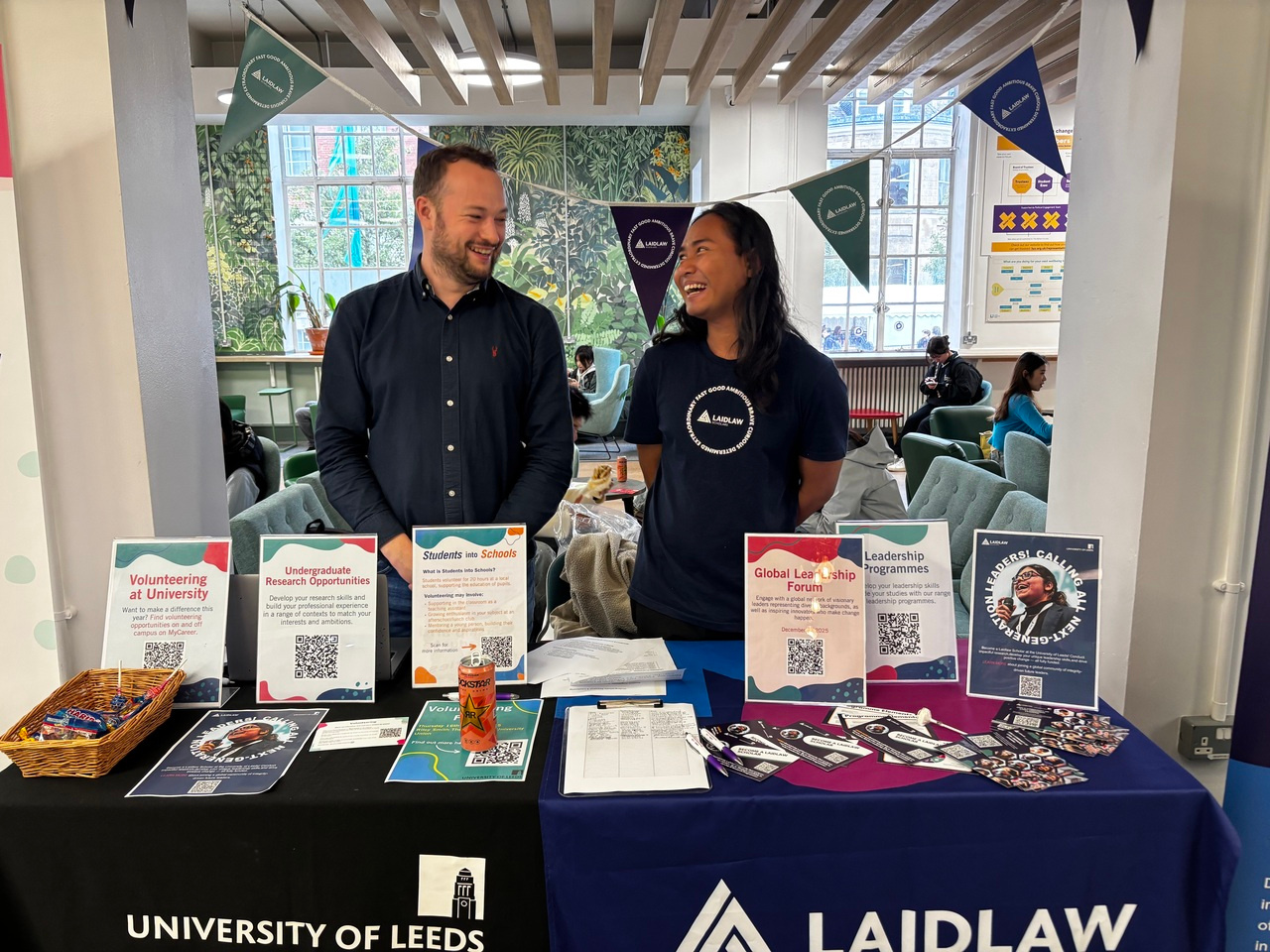
Research Journey
Over six weeks of summer research, me and Flavia, my supervisor were actively collaborating to investigate the durability and longevity of dental resin composite when exposed to erosive and abrasive-erosive environments. Since this material is important and widely used in dental restoration especially in treating non-carious cervical lesions (NCCLs), dental material study encourages better understanding and grasp of physical and chemical attributes as a guideline to improve material design and oral hygiene protocols based on patient’s clinical needs.
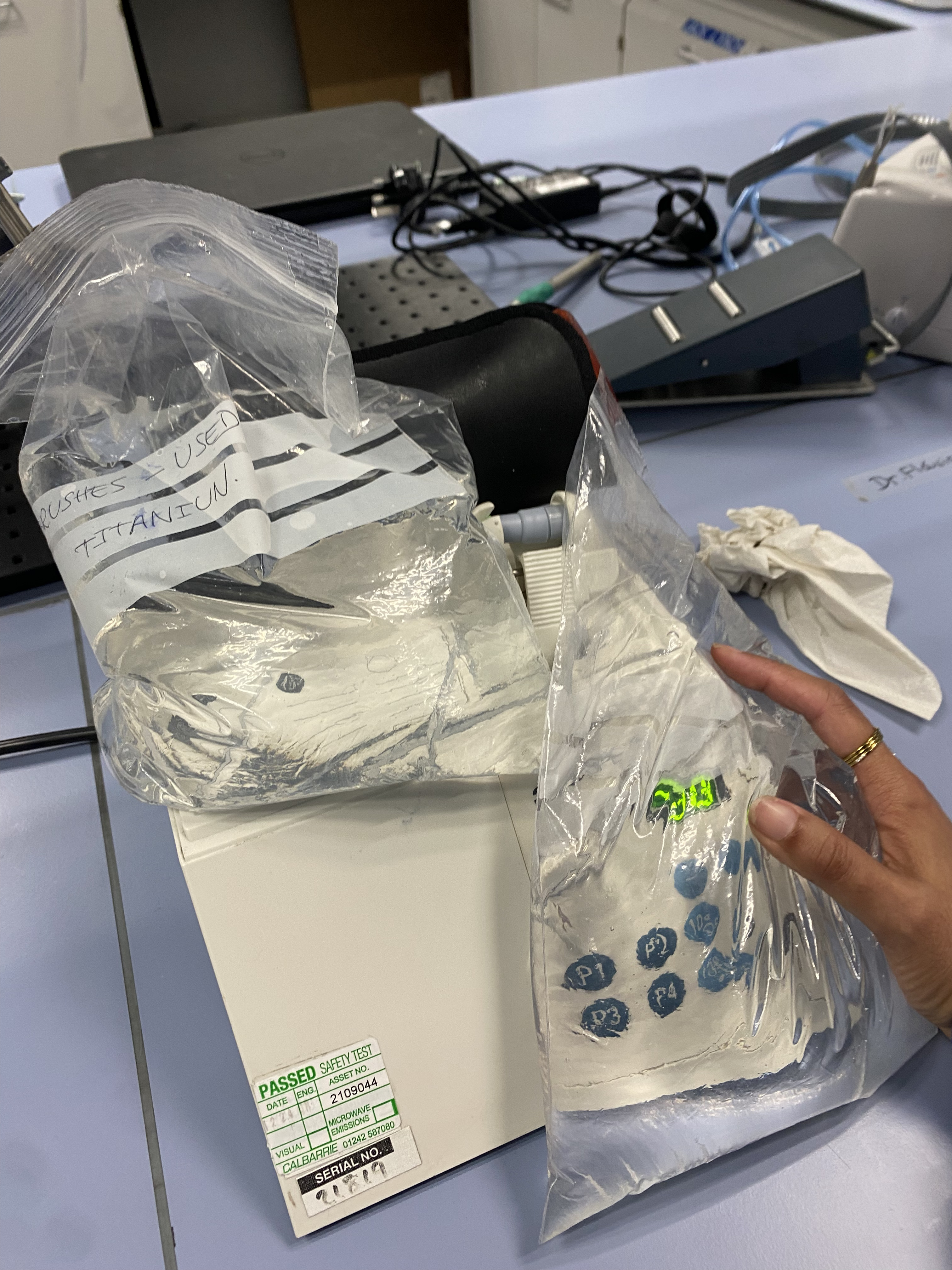
Figure 1. Figure shows cooling period of capsule mixer
after running several cycles.
In this study, erosion and abrasion resistance was investigated in a simulation of five years of mouth washing and tooth brushing measuring surface roughness at baseline and after each treatment. I made several groups of resin samples using light-curing treatment and divided them into two groups: (AE) Abrasive-Erosive and (E) Erosive before running into non-contact profilometry to measure surface roughness. An independent group was made to measure microhardness using Vicker’s hardness (VH) indentation.
Recent studies reported that erosive environments were simulated through artificial aging processes where samples were immersed in alternating pH solution or thermal cycling. However, we introduced capsule-mixing method to account for turbulent effects during rinsing imitating more realistic mouth washing situations. Since this method is novel in dental research, we found it was time-consuming and impractical for big size of group since it required constant clicking after each 30 seconds and vast period of cooling time. Several cooling systems were introduced but we successfully reduced over three hours initial running time to two and half hours.
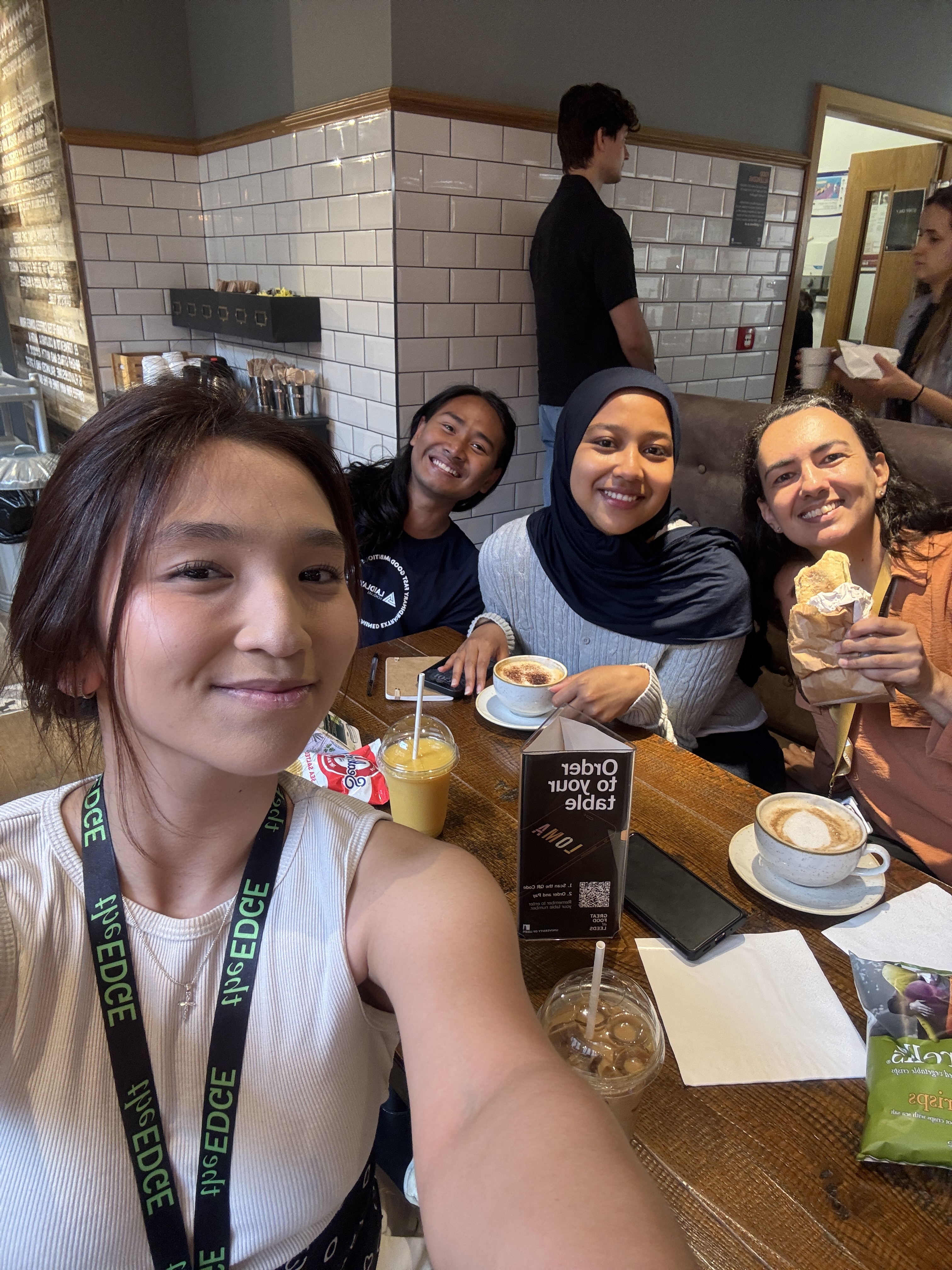
Figure 2. Figure shows Jessica, me, Clarissa and
Flavia (from right) having breakfast together before
going to laboratory.
Once all measurements were taken, data was analysed to determine statistical significance of the effects imposed by each treatment. Independently, I performed normality and statistical test for both group that include Shapiro-Wilk test to determine normal distribution amongst data, paired and independent t-test and one-way repeated measures ANOVA to prove deviations of surface roughness were significant. Since I only had introduced to paired t-test during International Baccalaureate Diploma Programme (IBDP), learning statistics and practically using them to produce outcomes were another milestone in my research skills development.
On top of everything, I valued the friendship and love that I had made along the completion of this research. Spending time with Flavia, connecting with her post-graduate students, Jessica and Clarissa, collaborating with her brilliant colleague, Nirmal were the driving force of my motivation to pursue. We shared laughter and tears to make the environment celebrating regardless of background with passion: visiting Flavia’s house before her departure to Hong Kong, having breakfast and lunch together and stay late at laboratory together to finish the project. I felt thriving within such a supportive environment.
The Relevance of the Work
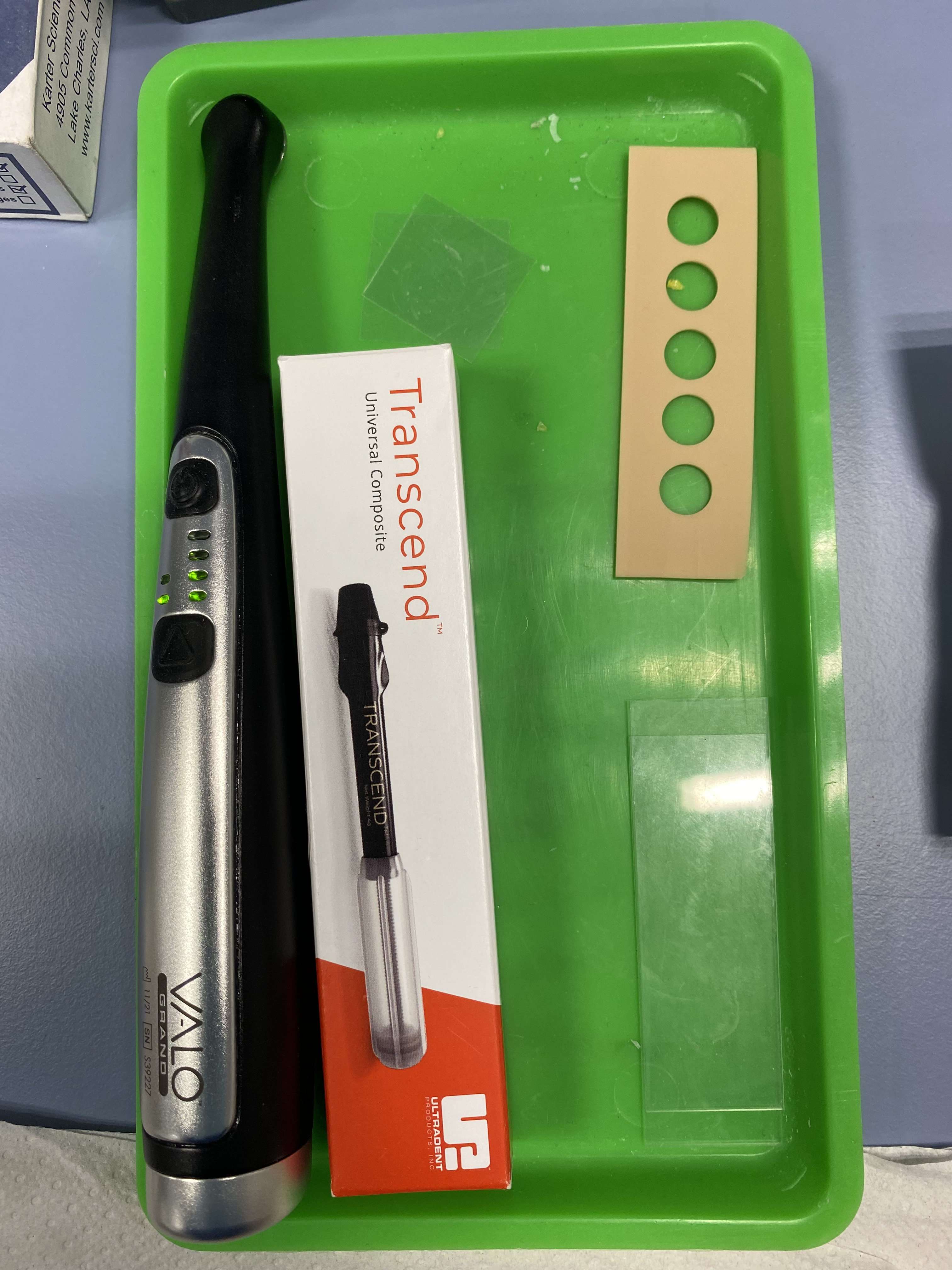
Figure 3. Figure shows preparation of light-curing treatment
to prepare samples of EN-shade Transcend Universal Composites.
Dental restoration is aimed to treat patients with care ensuring oral health at best for long periods of time since the use of oral is important for digestive systems, bioavailability of medicinal administration, communication and aesthetics. Thus, evaluation of surface roughness changes after toothbrushing and/or mouth washing is industrially and clinically advantageous. From recent literature, a material with surface roughness value more than 0.2 µm is susceptible to surface plaque accumulation, caries development and periodontal inflammation [1]. This is because rougher surfaces lead to high friction with more grip to clogged substances in restoration area. These also increase wear rates where resin composites could lose material within shorter term. Understanding these principles is the core component of the research to disseminate tangible findings allowing for improvement in clinical and industrial practices which also impose societal benefits.

Figure 4. Figure shows three group of samples: (E) Erosive,
(AE) Abrasive-Erosive, (VH) Vicker’s Hardness (from top).
We were identifying potential resistance of EN-shade Transcend Universal Composites after exposure of challenging environments: (a) Abrasion from soft toothbrush and Colgate Total Clean Mint and (b) Erosion from Listerine Total Care Milder Taste Smooth Mint Zero Alcohol. Testing these dentifrices on the material provides an overview of how resin composite behaves in those environments, suggesting on improvement of oral hygiene protocols based on clinical findings to cater patient’s need. The research outcome also gives insightful data to manufacturers of resin composites to develop better materials and improve manufacturing processes with higher erosion and abrasion resistance ensuring durability and longevity of smooth surfaces.
In the context of this research, we found combined treatment (toothbrushing and mouth washing) cause greater effects to change of surface roughness than only when samples exposed to mouth washing. Given this scenario, this study recommended re-evaluation of the frequency of aforementioned mouthwash use. Specifically, limiting its application to once daily or less maybe advisable since manufacturer’s notes suggested twice a day. However, this modification only depends on patient’s clinical needs and type of resin material employed for the restoration.
Research Dissemination
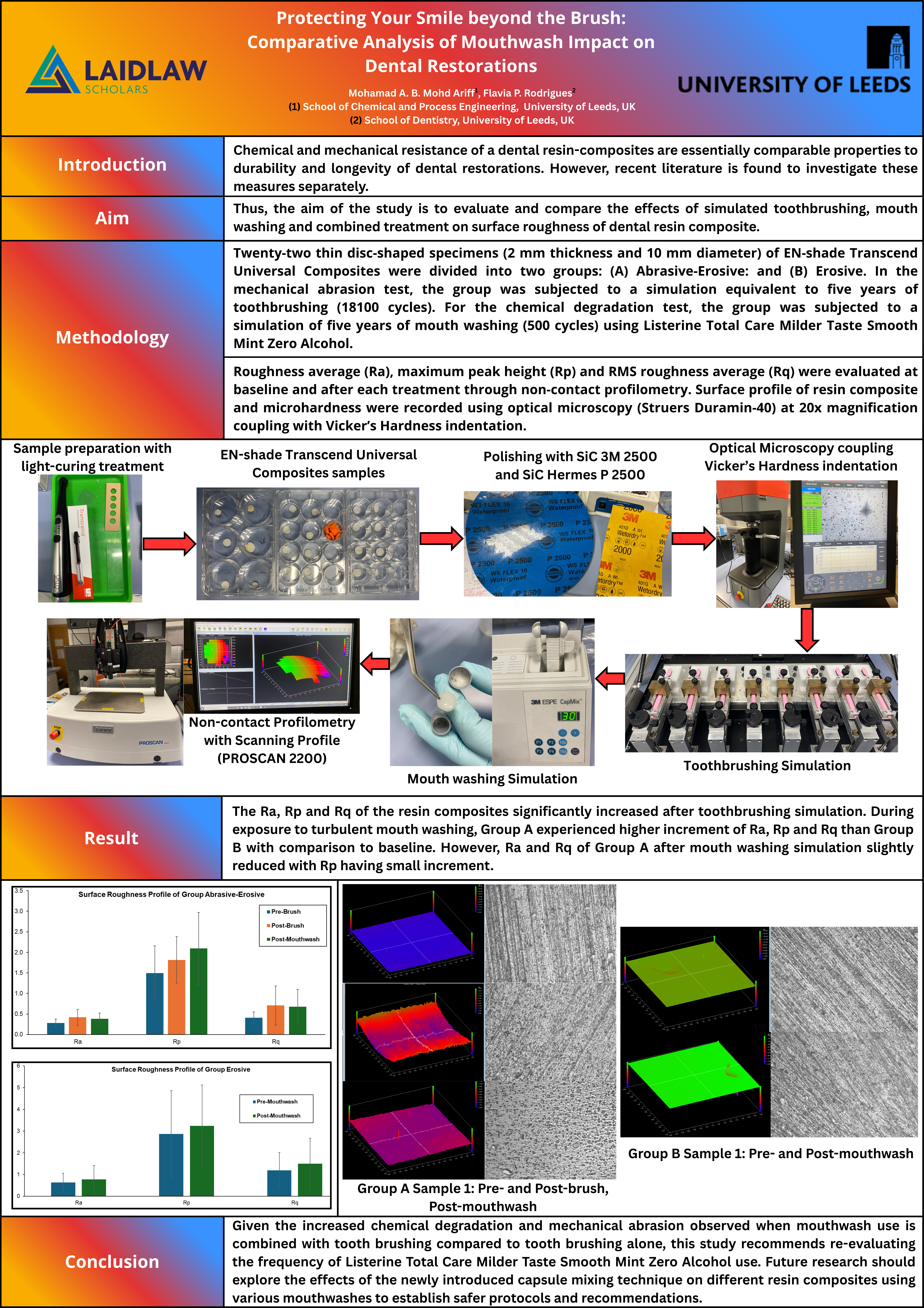
Figure 5. Figure shows one of drafts for the
poster presentation made in Canva Pro.
Despite of completing this research during summer period, me and Flavia had planned a bigger project to continue the work alongside my education pursuit in University of Leeds. We started by reaching engagement on the research through poster as preparation for research conferences that we will be attending to and one of the biggest conferences that we aimed for is International Association for Dental Research (IADR) conference which will be held in San Diego, USA on March 2026. Within this period of time, we made ourselves prepared with short-term plan to attend local conferences to expand networking and connections before attending IADR for more insights on current research progress.
Other than that, we had started on academic writing of the research outcome for publication in Journal of Dentistry and Dental Materials. Since we wanted to introduce novelty in research methodologies for better grasp of addressing research gap in dental research, we believed that our method was controversial and thought-provoking. However, with courage to opening doors of dental world and benefits of humanity, we firmly pursued and planned to complete the other parts of the research ensuring reliability and clarity before submission.
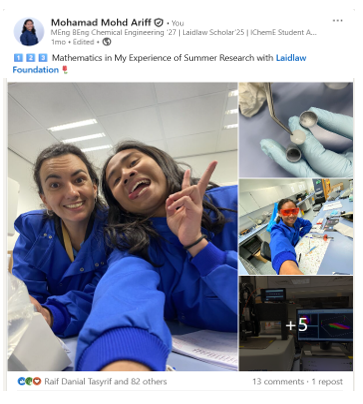
Figure 6. Figure shows my recap post of Laidlaw research
experience in LinkedIn.
As part of my personal journal, I had made a recap post in my LinkedIn profile to share bits of my experience and research content with my audience spanning from various parts of the world. I recounted every stage I embraced throughout the period and made a creative and insightful post using mathematical form. Some celebrated, liked and commented. All of them were positive and fulfilling since the research journey itself had concluded with abundant behind-the-scenes challenges that I could not describe. I also participated in 2025 Research Photo Contest hosted in Laidlaw Scholars Global Community through WhatsApp where participants were required to share their memorable moments during the period with research descriptions.
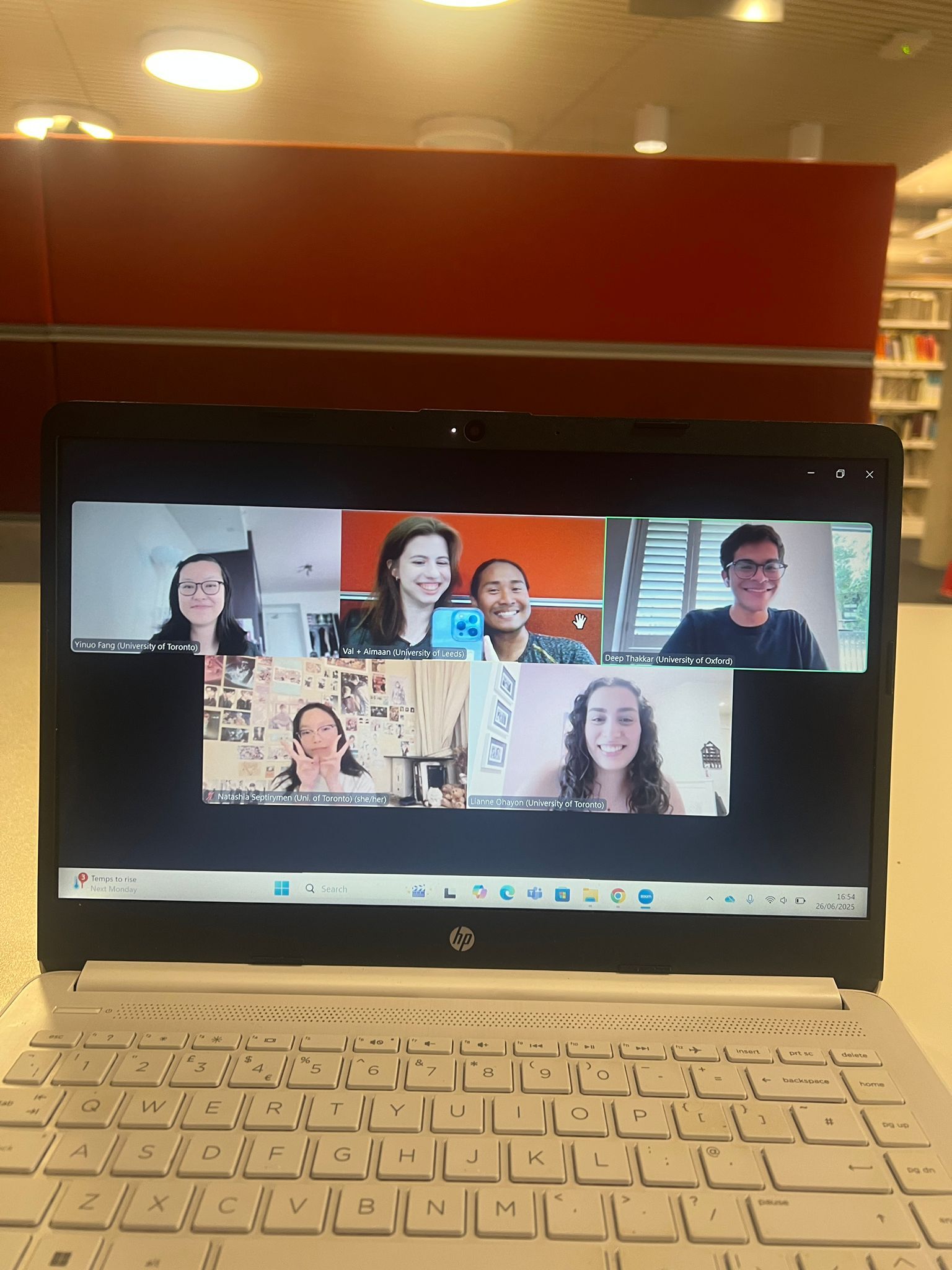
Figure 7. Figure shows me, Valeria and other Laidlaw
scholars from partner universities having photo-capturing
moment during our breakout session.
Lastly, I was glad to attend Engage on Deep Dive: Conversation with Laidlaw Scholars #1 organised by University of Toronto and Durham University to meet virtually with other Laidlaw Scholars from other partner universities. Me and Valeria Paslar, one my Laidlaw scholars in my cohort attended the event together. In an informal setup, we shared our respective work during breakout sessions and the same time be able to connect with other bright scholars.
Personal Impacts Throughout Research Period
Bravery, interdisciplinarity and encouragement, those are the three words reflecting on my personal growth going forward. In general, using the platform this programme gave to nurture, develop and learn is a blessing because Laidlaw Foundation has opened the doors for thousands of opportunities especially for me to understand myself and people around me better as well as perceptions that shaped people’s thought.
The beginning of my research was met with challenges of bridging knowledge gap between chemical engineering and dentistry expertise through material sciences. The research involves a new topic of material that I never learn or come across in my material classes which require constantly active learning behaviour to keep up with the updates in dental industry. Struggles with jargon words, instrumentation, professional settings, environmental conditions are what scared me. However, nothing could be learnt without tears and hard work. One of the most intense parts in this research was using profilometry. There were many procedural challenges e.g. the experiment involves (a) a software and two physical instruments to handle, (b) navigating the machine to get best possible area of interest to measure surface roughness with at least 20 minutes per scan and (c) adjusting light exposure to receive maximum light transmittance and reflection. However, I started to gain the ability after familiarising with the procedures and after 20 wrong/fault scans, I managed to master it, fastening the research progress.
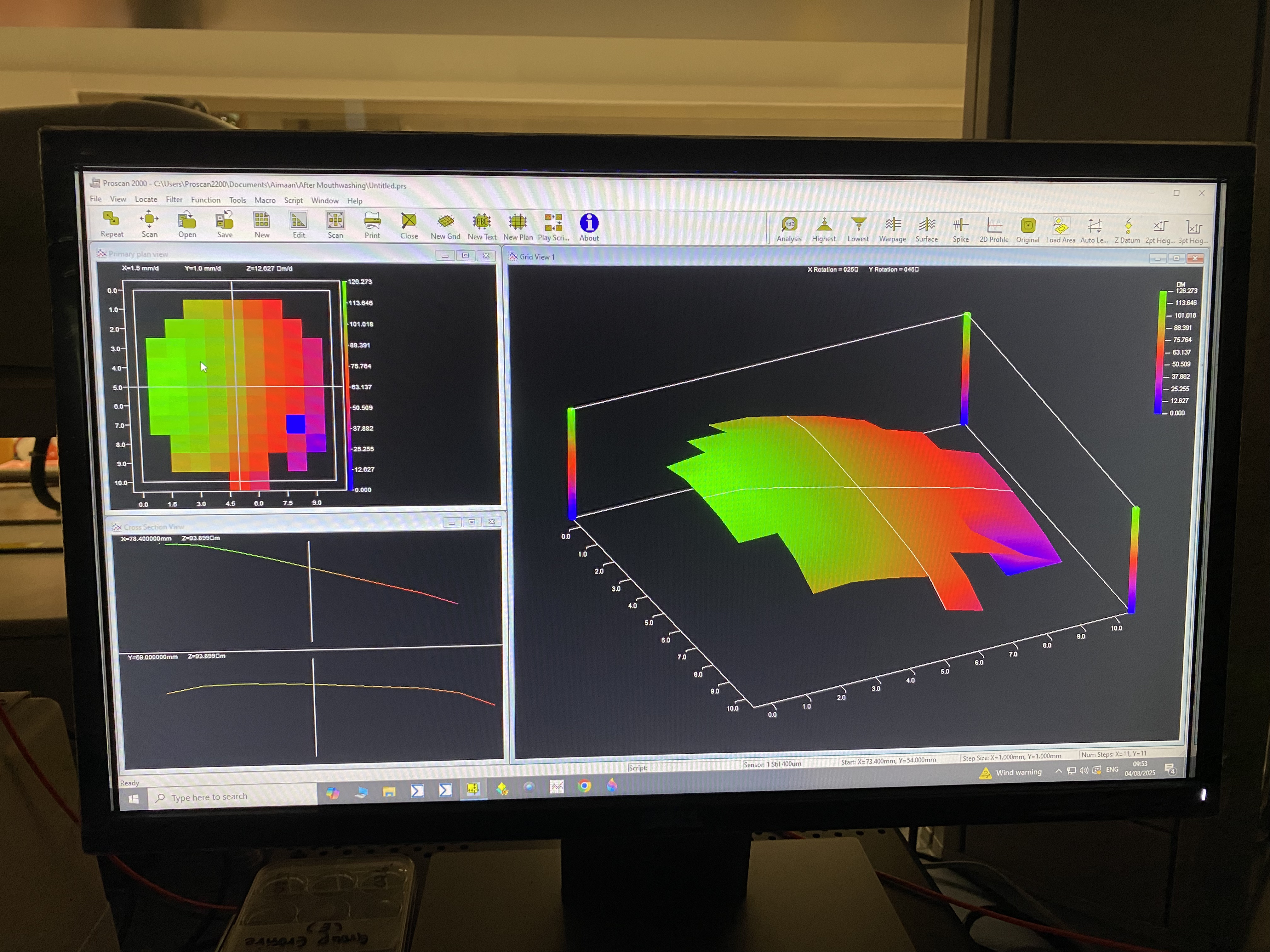
Figure 8. Figure shows one of initial scans before optimisation to find best surface roughness value.
The research experience gives a good reflection on how important the communication with effectiveness and clarity is. Me alongside other several post-graduate students in School of Dentistry were struggling to use same instruments since all projects’ deadlines were close to each other that drawn to these three hotspot instruments: tooth brushing simulation, hardness measurement and profilometry. Be able to communicate between students to find available slots and having back-ups if original plan was not working were good start to facilitate those tight schedules and helping each research to progress without costing anyone’s time and energy. Plus, since I am undergraduate student, my presence in the lab must be supervised by technician or supervisor at all times with my supervisor was having two professional leave made it very difficult to progress. These situations demanded me to be calculated, well-organised and punctual.
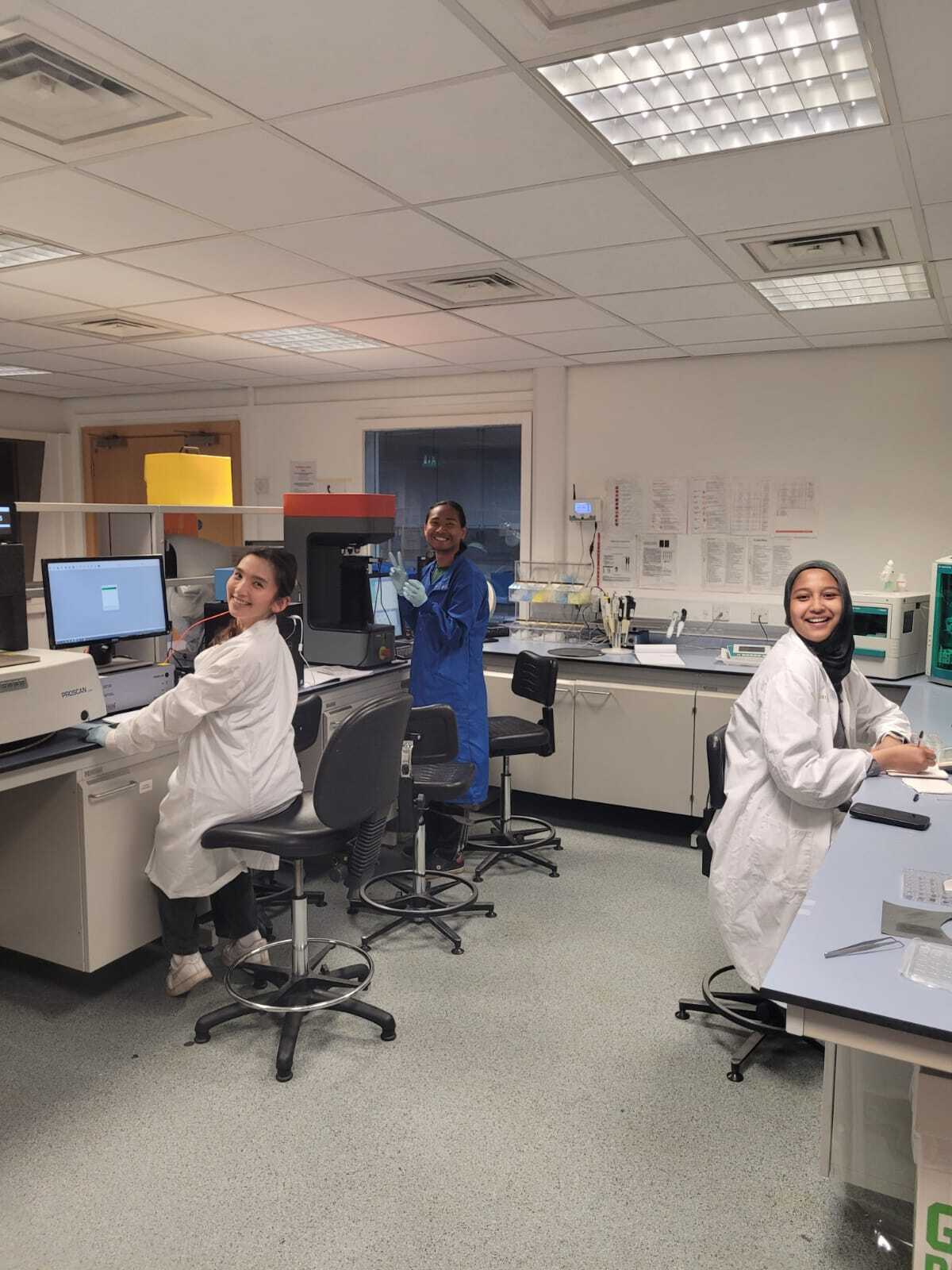
Figure 9. Figure shows Jessia, me and Clarissa (from left) were
conducting respective experiments in laboratory.
These scenarios were tough to make everyone felt motivated due to nature of laboratory to work steadily, fast and efficiently in demanding environment. However, Flavia always emphasized this whenever we went separately at the end of the day, “There are patients in this building and all of them are children. They are suffering from many chronic, incurable diseases but still they can hold a smile.” It was beautiful moment when I realised our burden is not meant for everyone, but everyone has their own burden and the best way to feel like human is to feel the burden with whatever emotion inherently we were born with. That is where gratefulness, optimism and humility boost my motivation to (a) be more open towards challenges, (b) recharge my mind and heart with empathy and care and (c) embrace the present, learn from the past and prepare for the future.
Leadership Development in Research
The most important part in research teamwork is understanding real-world scenarios, addressing research gap and introducing novelty in research. All of these drive to acquisition of knowledge, ability to delegate them in appropriate and correct form and development of scientific arguments with tangible evidence. The key to all of this is effective communication and I strongly believe the research experience had helped me to be more (a) articulate in conveying ideas/information, (b) firm with logical reasoning and decision making and (c) open-minded to all types of perspectives.
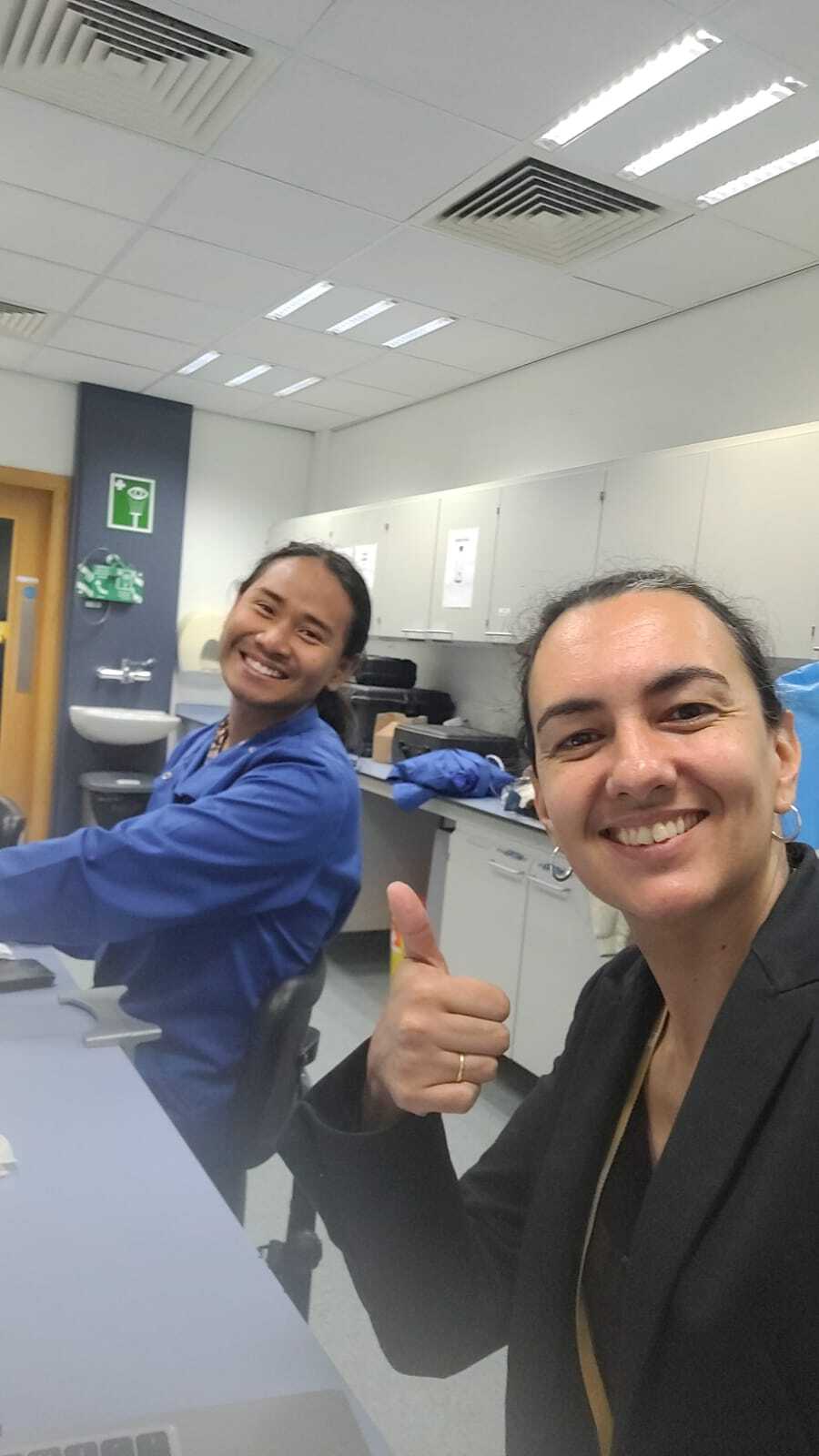
Figure 10. Figure shows me and Fla (from left) together in
laboratory finishing mouth washing experiment.
Despite having different ideas on how to execute the experiment, me and Flavia always came to common ground on how things were done and not blatantly following the procedures without having references from literature. This ensured the continuity of closed loop communication so that all parties of interest gained their space to evaluate, challenge and discuss their point of view which helped any conflicts to be resolved. Also, this system is important to celebrate different perspectives making the working environment healthier and catalytic for team player’s growth.
Having multiple responsibilities during research period made me more disciplined and focus to lead this project with and without supervision since there were few stages of experiment that required strategic and flexible planning to accomplish it. At the moment of mouth washing simulation using capsule mixer was where my leadership skill is tested since it was time-consuming, energy and mentally draining since only three samples at most could be completed within eight hours. This scenario recounted on my adaptability to unexpected working environments and ability to practice knowledge beyond curriculum in order to resolve problem and in this case was long duration of cooling time. As mentioned earlier, we had introduced three different cooling systems however, we could only manage to reduce over than three hours running time to two hours and half.
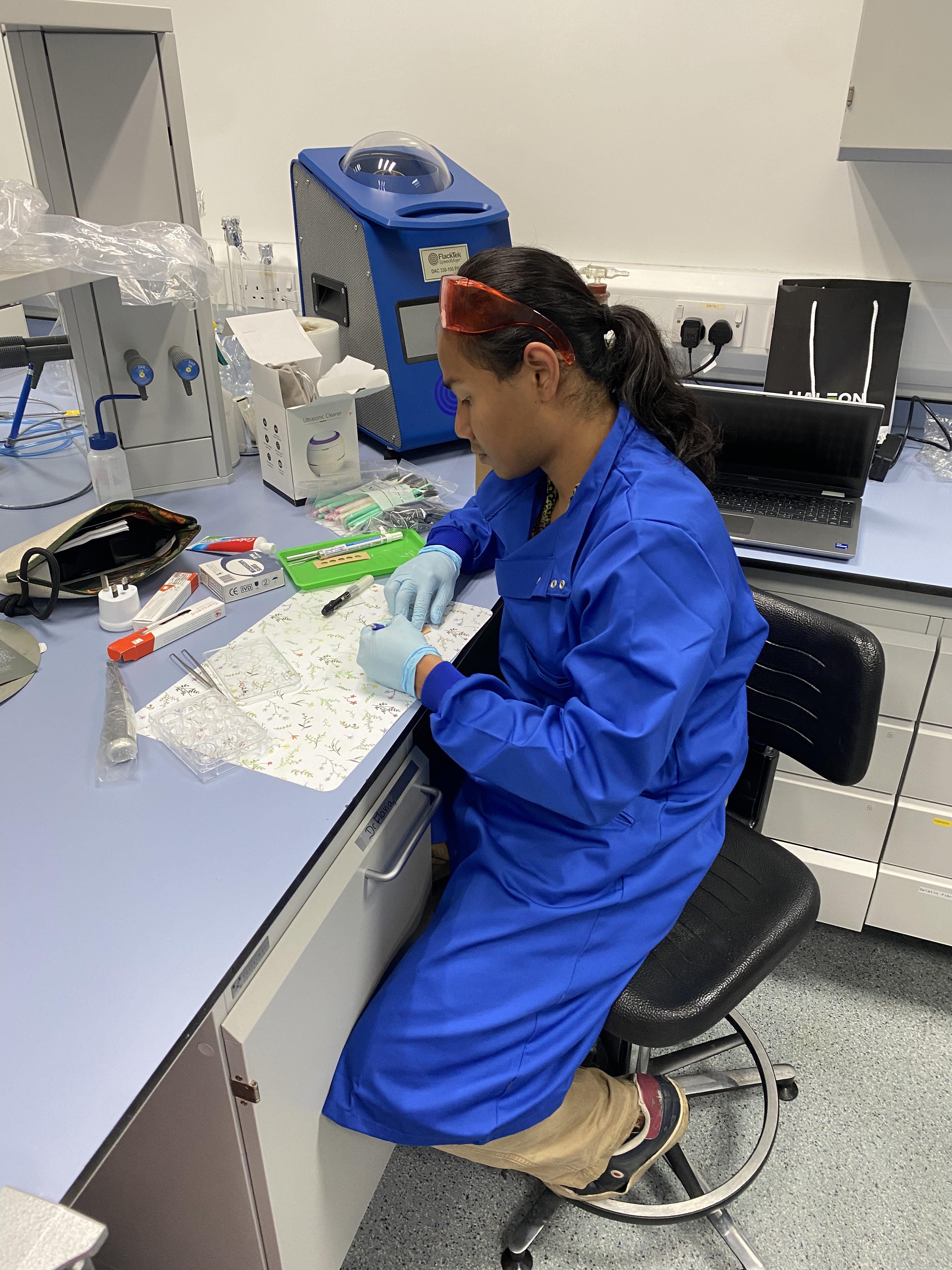
Figure 11. Figure shows me preparing samples.
Despite the success of time-saving but the methodology is still considered time-consuming which allows for better system to implement. Especially this procedure is novel, thus demand on the instrument would scale up in unprecedented way becoming area of interest among dental research community to engage.
Future Plans and Aspirations
The first part of bigger project was completed where erosion/abrasion resistance of EN-shade Transcend Universal Composites when exposed to extreme and challenging environments were investigated. The bigger project entails evaluation of changes of surface roughness of three different shades from collection of Transcend Universal Composites in these environments to compare which shade has better resistance. Plus, the introduction of capsule-mixing method allows previously established work to re-run using the novel research methodologies and be able to make scientific comparison on how artificial aging and turbulent mouth washing can have its own significance in dental research and not replacement to one another.
Since I enjoy so much working with Flavia during the research period, I envision myself to collaborate with Flavia in an interdisciplinary research bridging between chemical engineering and dentistry for my dissertation in my final year of Meng Chemical Engineering course. Her work ethic, professionalism, and behaviour inspire confidence in me to continue growing under her guidance while expanding my network beyond the chemical engineering community. This exposure not only helps me become a well-rounded professional with insights from diverse industries but also provides a clearer understanding of the stability and sustainability of these industries, guiding me in shaping my future career path.
Having conducted research in the pharmaceutical industry particularly on circular economy and the ecotoxicological effects of pharmaceutical drugs, my earlier venture into dentistry helped me connect the dots between these two distinct fields, paving the way for potential future research. This experience has further strengthened my determination to pursue a PhD after graduating in 2027. Reflecting on my first hands-on research experience since the IBDP and tracing my growth over the years, I find the journey truly refreshing. It has fueled my passion for research, shaping me into a more resourceful, skilled, and mature researcher. What a journey it has been in pursuing research.
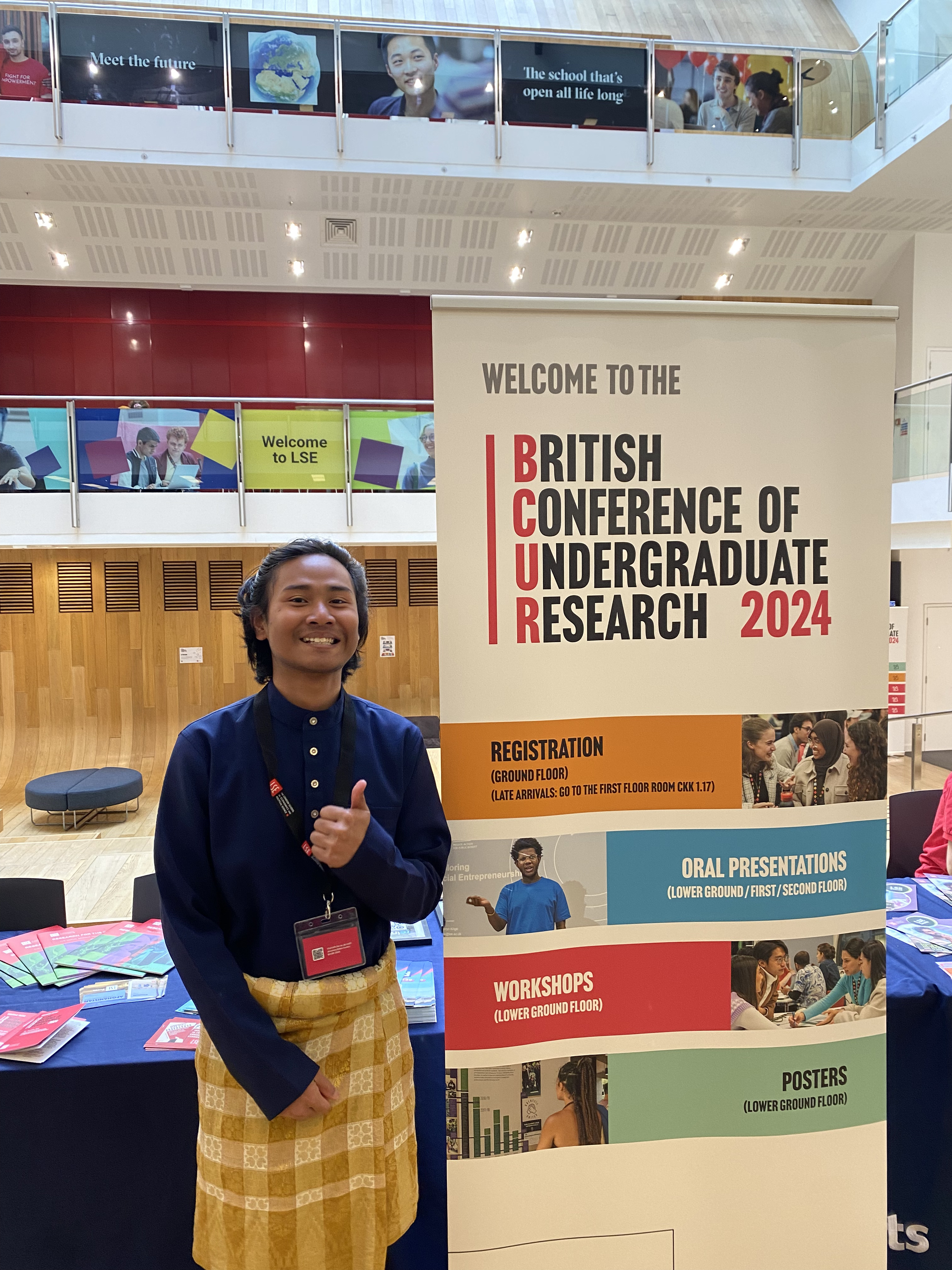
Figure 12. Figure shows me as delegates in British Conference of Undergraduate Research 2024 in London School of Economics.
Reference
|
[1] |
Viagre, A., Barros, C., Gonçalves, J., Messias, A., Oliveira, F., Ramos, J. 2023. Surface Roughness Evaluation of Resin Composites after Finishing and Polishing Using 3D-Profilometry. International Journal of Dentistry. [Online]. 2023(1), 4078788. DOI: https://doi.org/10.1155/2023/4078788 |

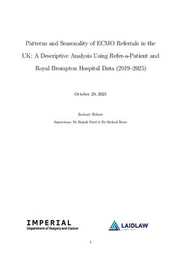

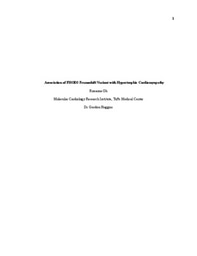
Please sign in
If you are a registered user on Laidlaw Scholars Network, please sign in